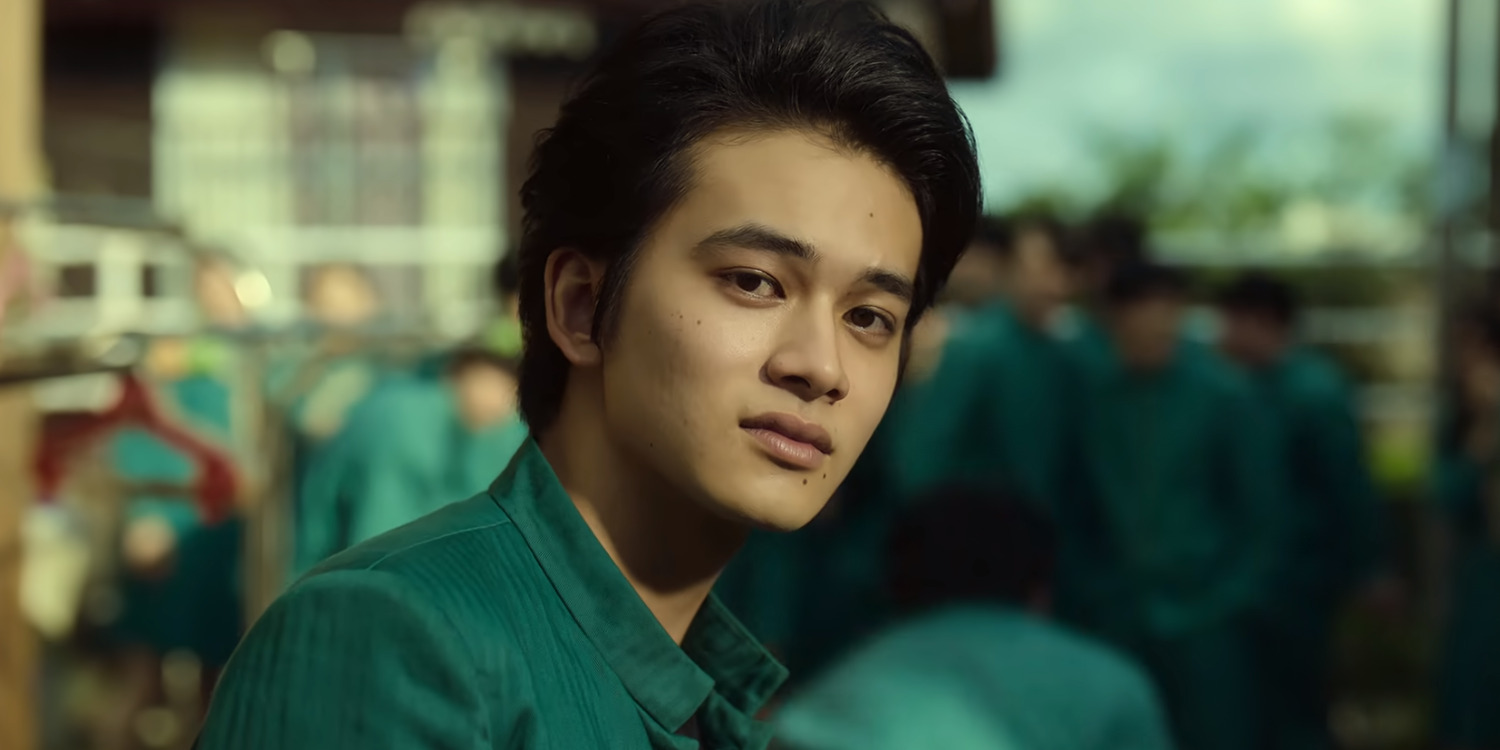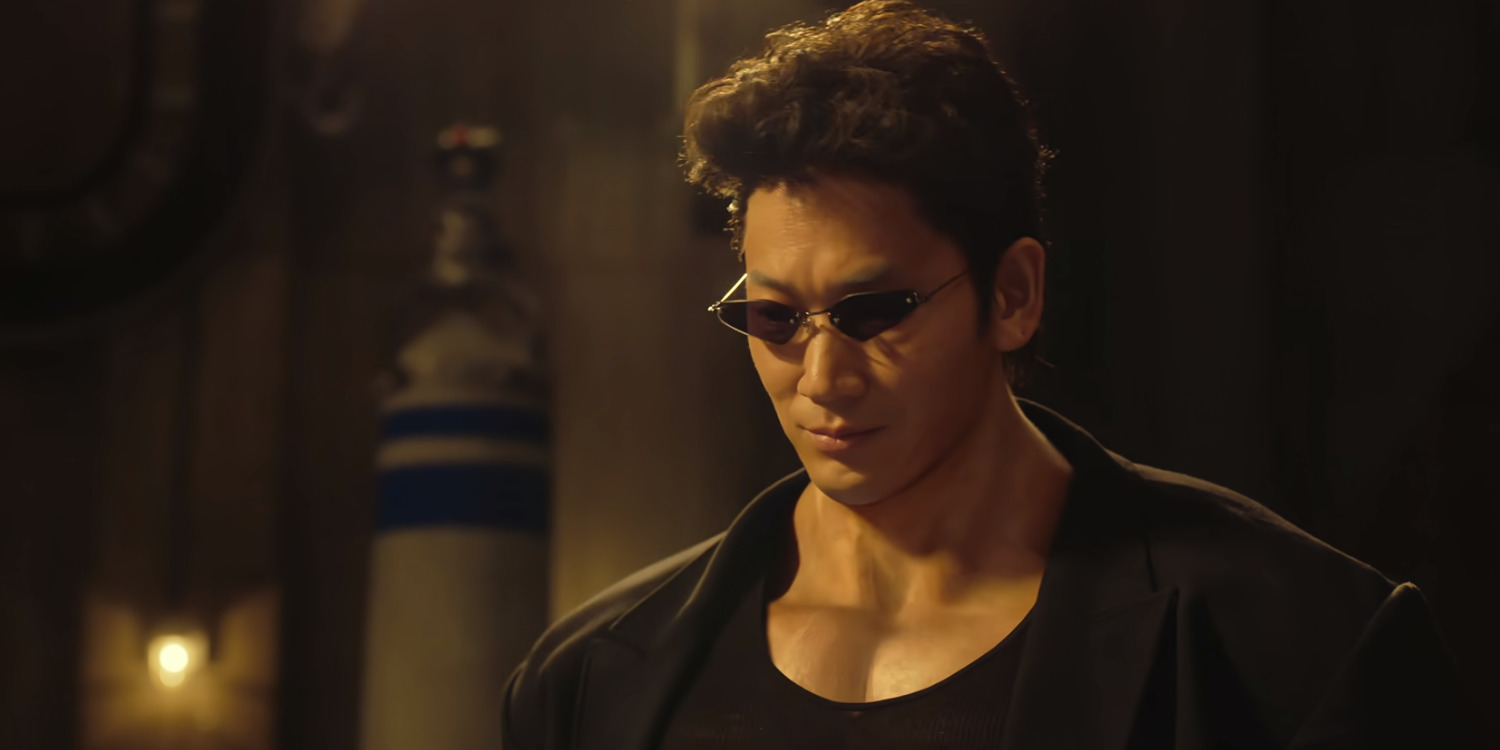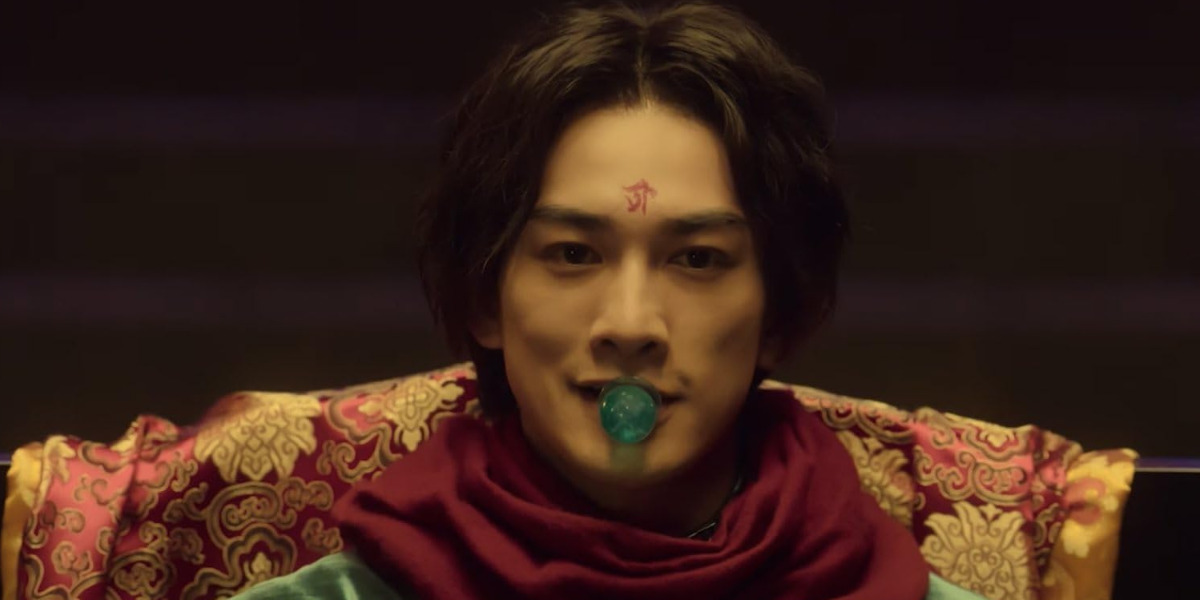Netflix’s ‘Yu Yu Hakusho,’ the live-action adaptation of the beloved eponymous anime series from the 90s, tells Yusuke Urameshi’s adventured-filled story through a new medium. Famously known as a delinquent, trouble-seeking boy, Yusuke surprises everyone when he sacrifices his life to save a young kid without a second thought. As a result, in the afterlife, Koenma offers him a shot at resurrection, which comes along with the title of Spirit Detective, a demon hunter. Thus begins Yusuke’s story, which interweaves with numerous other characters, such as rival Kuwabara, best friend Keiko, as well as Yaiko Kurama and Hiei.
These characters all share a similar narrative thread across their various iterations, be it the manga, films, or the 2019 stage play. Yet, some key differences in their tales sets each version of the story apart. Therefore, given the persisting popularity of the anime, its large fan base must be wondering how the Netflix live-action adaptation measures up against the former. SPOILERS AHEAD!
Are The Live Action Characters Similar To The Anime?
Since ‘Yu Yu Hakusho‘ is primarily recognized as a Shōnen anime, the characters and their interpersonal dynamics remain one of the series’ most significant aspects. Therefore, fans of the anime will likely have certain expectations about the relationship between characters, alongside their personal characterizations. However, in many ways, the live-action ends up diverging from its source material in that regard.

For instance, several characters are aged up, marking a significant visual disconnect between them and their animated counterparts. The protagonist, Yusuke, begins his story at 17 instead of 14. For the same reason, several of his anime-centric mannerisms and character traits either get written out or lose their desired effect without the appropriate context. Still, the show balances his delinquent attitude in a mature light that adds a sense of realism to his narrative.
Koenma, the deity who presides over the afterlife, presents another noticeable example of the same. In the anime, the original character portrays himself as a toddler mostly and only takes on an adult persona when necessary. Of course, the same would not have been feasible in a live-action. Therefore, Koenma retains his adult form throughout the show while still sporting his signature pacifier. Although the same results in some confusion for new fans given its lack of context, anime fans will appreciate the detail’s authenticity to its source material.
As for the characters, particularly Hiei and Kurama, the series’ resident demonic heroes, they remain connected to their anime counterparts in all the essential ways. Yet, since the show sports a surprisingly small runtime of only a bit over four hours, neither character’s dynamics with the others receive proper time to develop. Nonetheless, as the first season comes to an end, these characters and the growing camaraderie between them remain promising.
Are The Storylines in The Live Action Similar to The Anime?
The live-action show’s storylines and plot development carry the brunt of it when it comes to canon divergence from the anime. Since the first season only has five episodes and rounds off at four hours, viewers might have expected the narrative to cover plotlines explored in the anime’s early episodes. However, the Netflix show takes a different approach and combines multiple plotlines together to present one coherent narrative.

As a result, several keystone instances, such as the Genkai’s martial arts tournament and the Spirit Beasts, fail to make an appearance. Likewise, Hiei, Karuma, and Yukina’s over-arching storylines are all compressed into one plotline that runs through the season. Furthermore, the revered Dark Tournament remembered as the anime’s most iconic aspect, is condensed into a series of fight scenes leading up to the final climax.
Consequently, if you’ve been a fan of Yusuke’s adventures for long, you’re bound to find the inclination to point out the occasional discrepancy between the show and its corresponding anime. Yet, even in such instances, the show manages to maintain authenticity to its source material. Ultimately, the storyline doesn’t remain entirely faithful to the anime. Still, for first-time watchers, the first live-action season presents an easy and effortless introduction to the expansive universe.
Is The Live Action Authentic to the Source Material?
Despite the various dissimilarities between the ‘Yu Yu Hakusho’ live-action show and anime, the show still brings an entertaining and compelling story to the screen. For the most part, the show remains nostalgic and incorporates many of the elements of the 90s anime that fans would appreciate. Simultaneously, it also faces the challenge of modernizing the tale for the contemporary audience.

Actor Takumi Kitamura, who essays the role of Yusuke, perfectly encapsulated the creative effort behind the show while discussing the same in a conversation with FandomWire. “I think all the actors worked hard,” said Kitamura. “The director, the action director, Mr. Ouchi, and the crew members worked hard. Everyone respected this project very much, and we were given a lot of time to work on it. We’re here all because of these people, and we’re going to present this show to the world.”
With impressive visuals and fun character designs accurate to the source material, the ‘Yu Yu Hakusho’ live-action creates a familiar universe. Yet, it still holds enough differences to set itself apart from its predecessors. Ultimately, the show remains distinct from the anime but makes for a compelling companion piece of media.
Read More: Netflix’s Yu Yu Hakusho Ending Explained: Does Yusuke Defeat Toguro?


You must be logged in to post a comment.